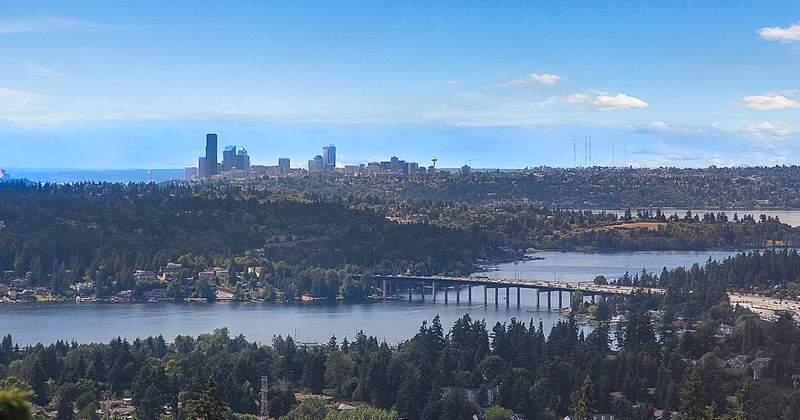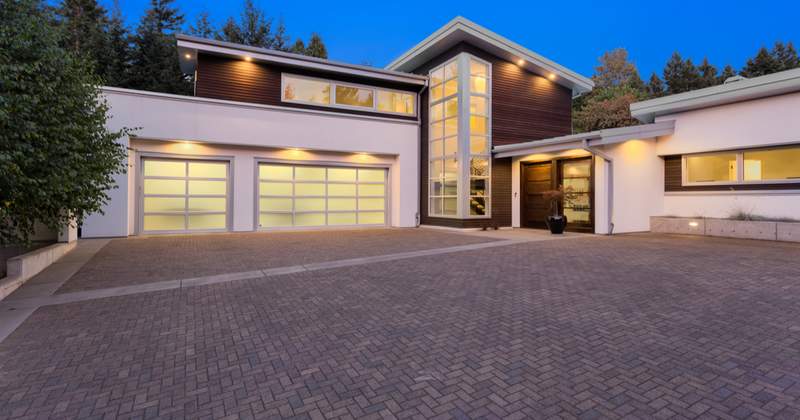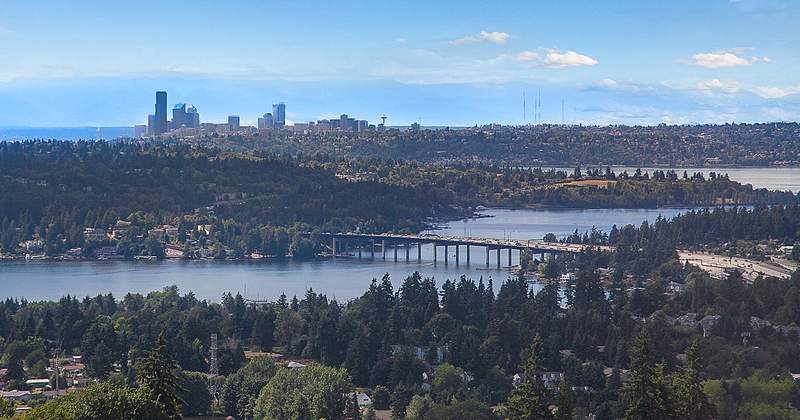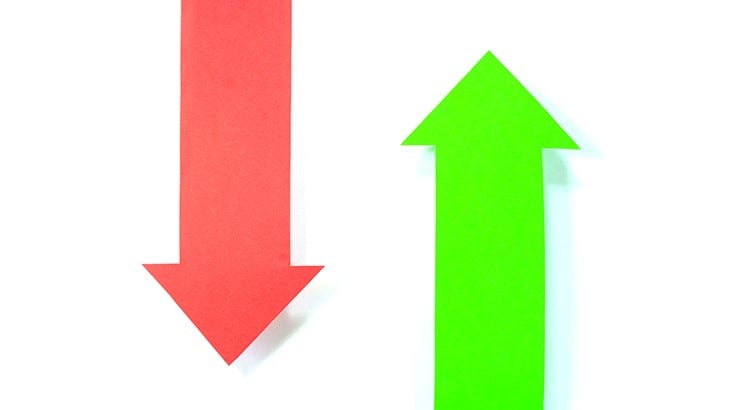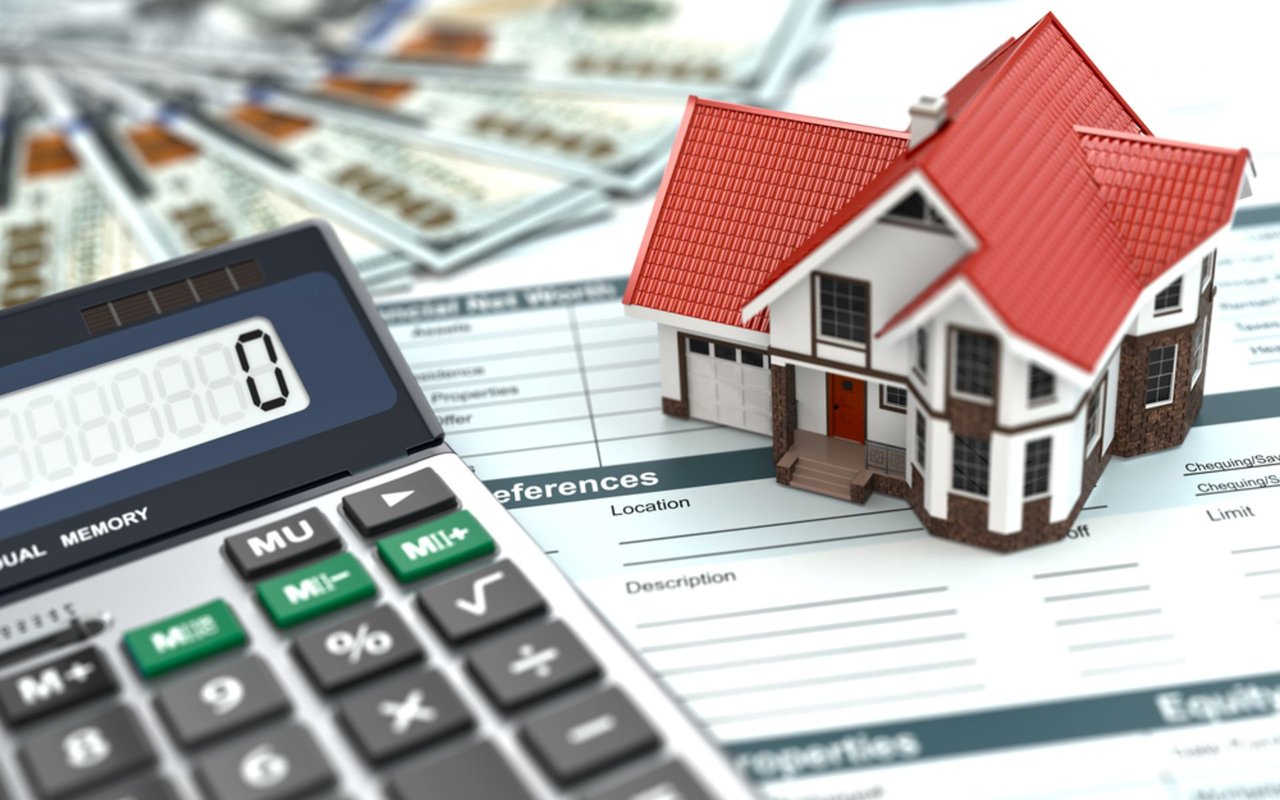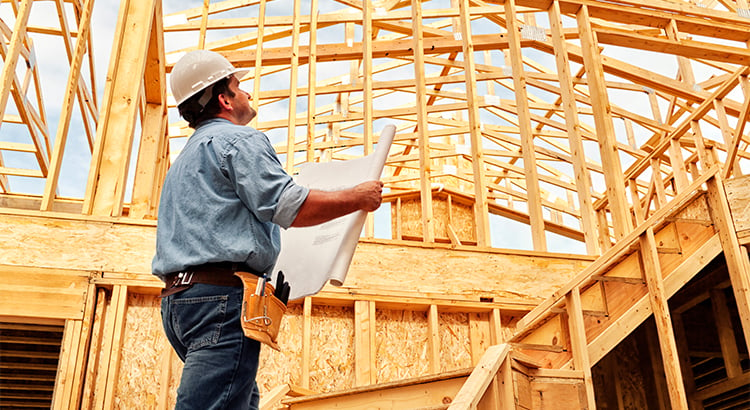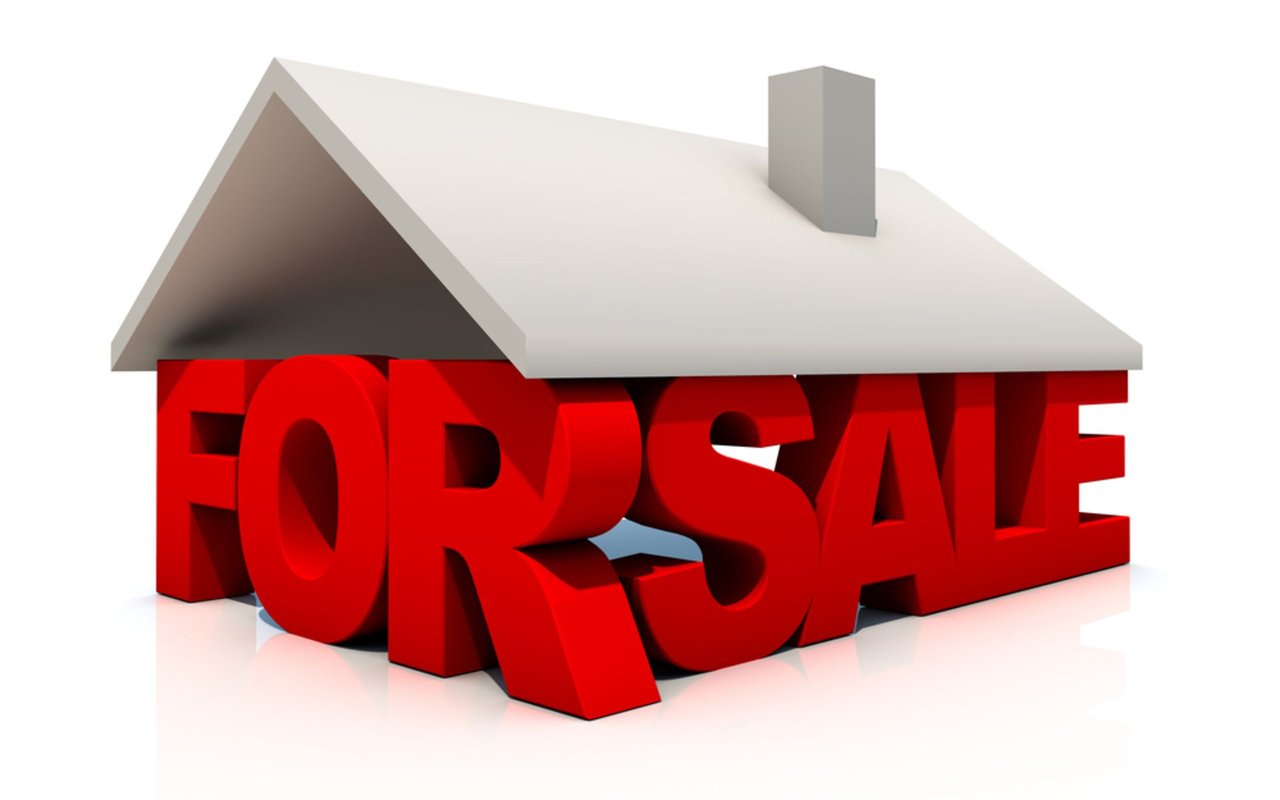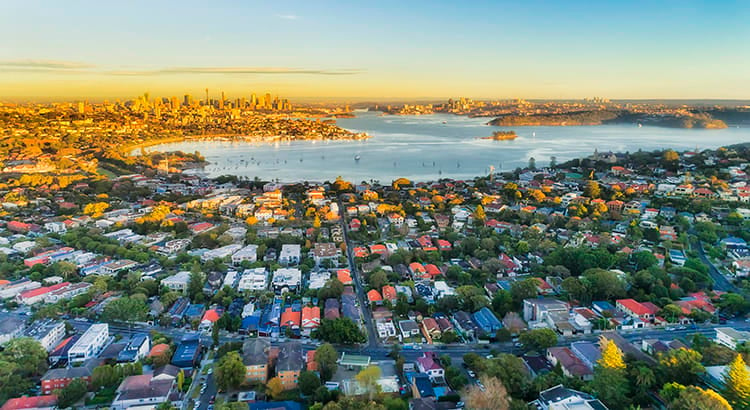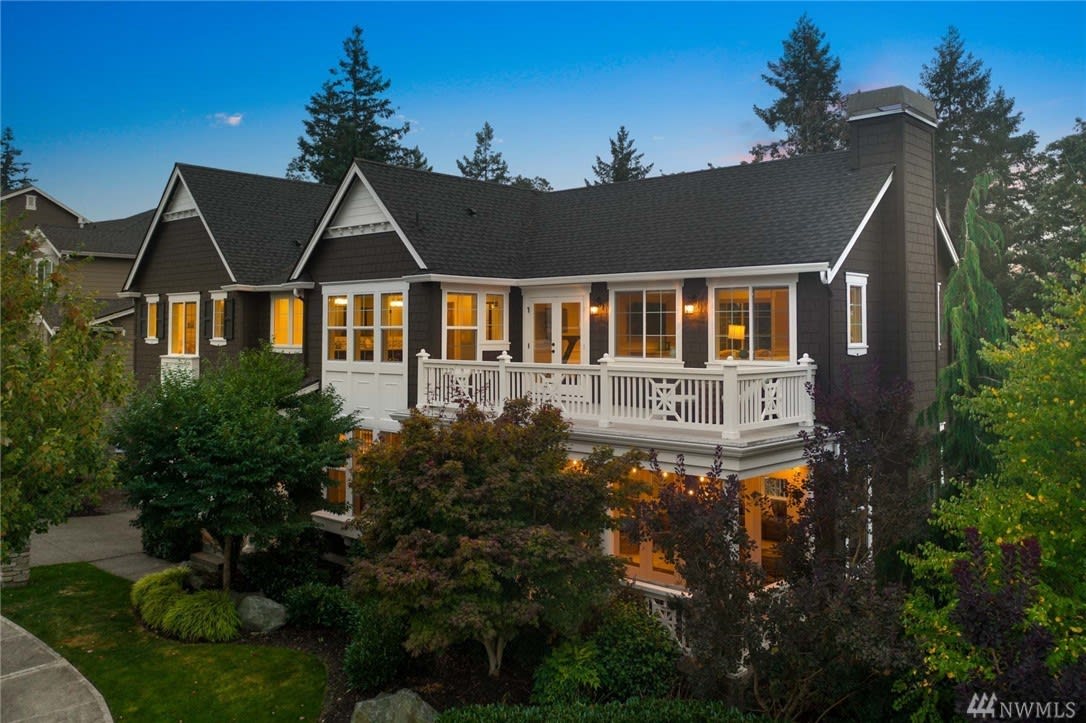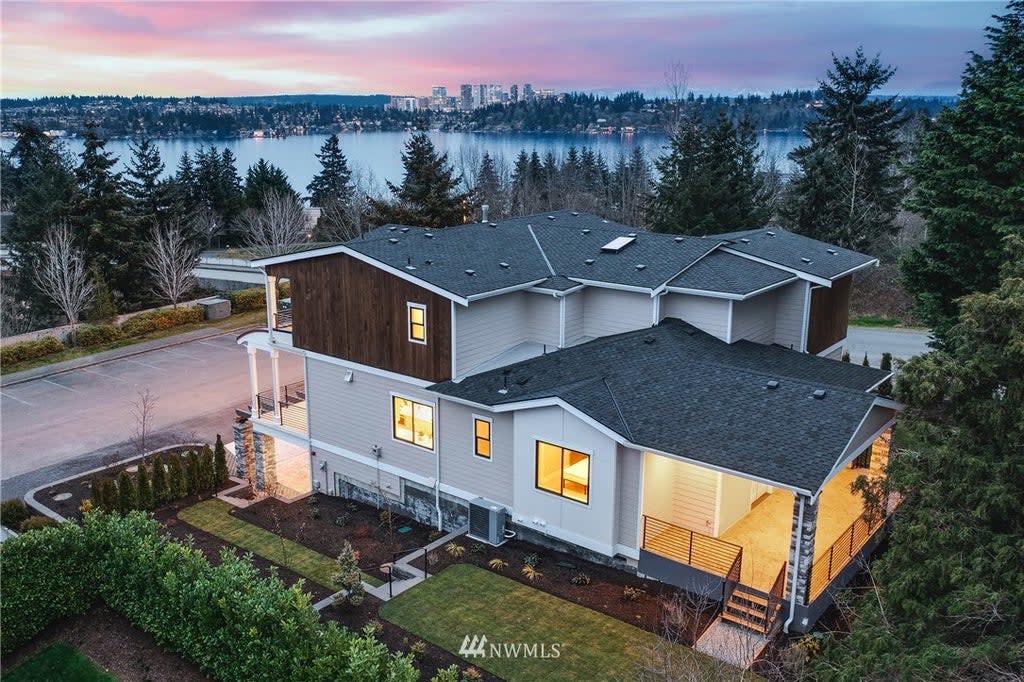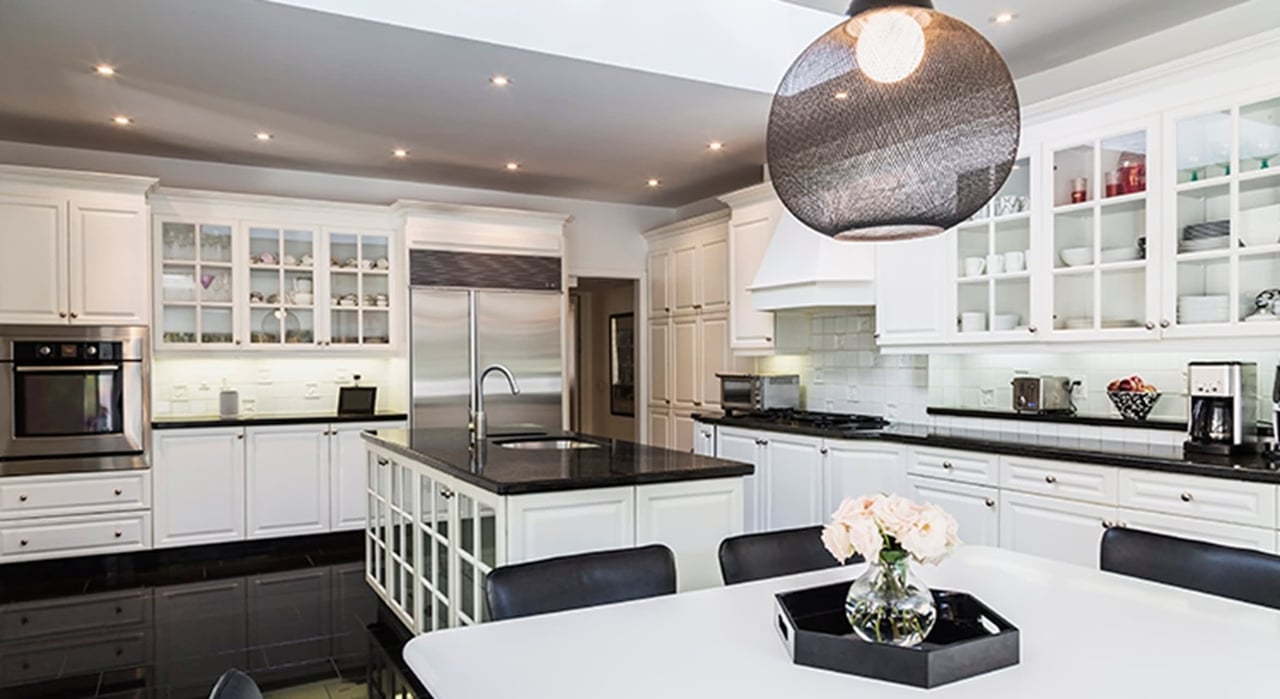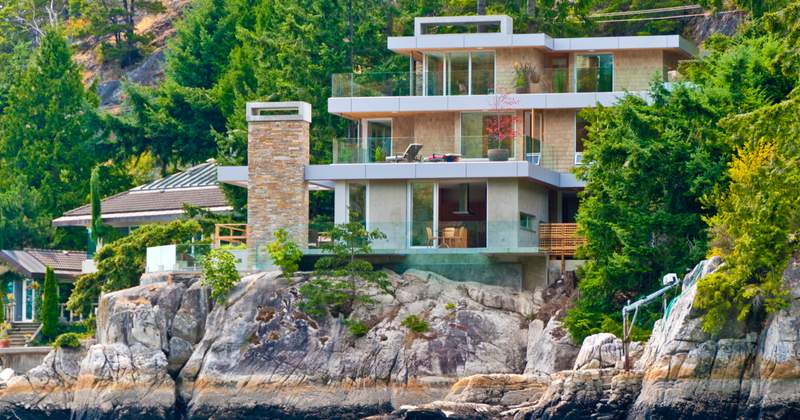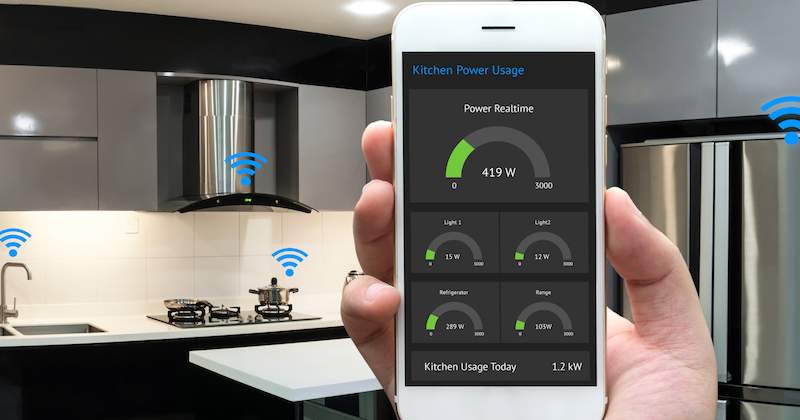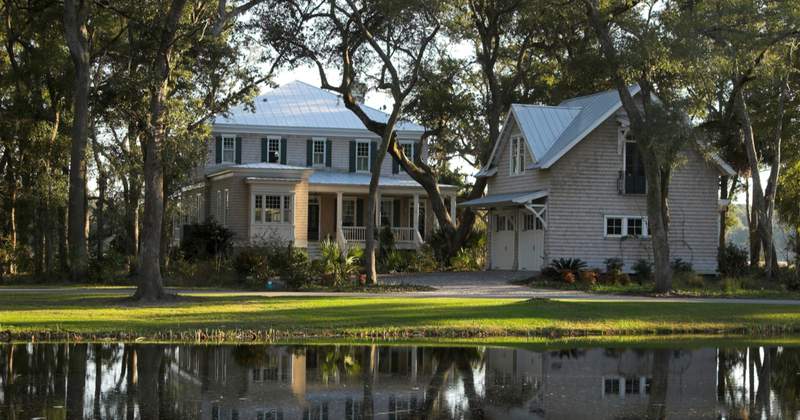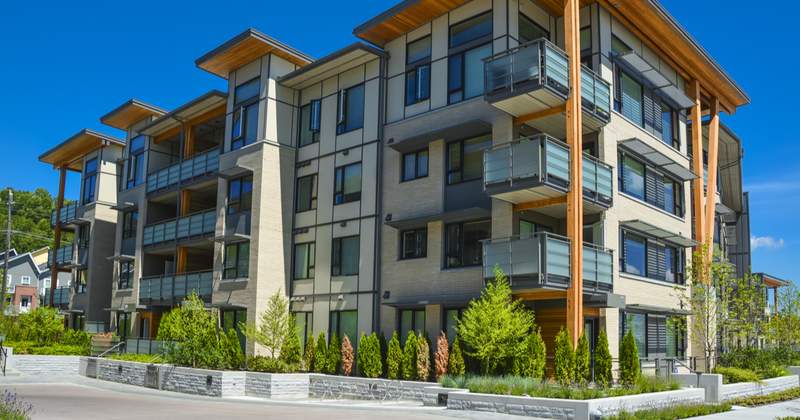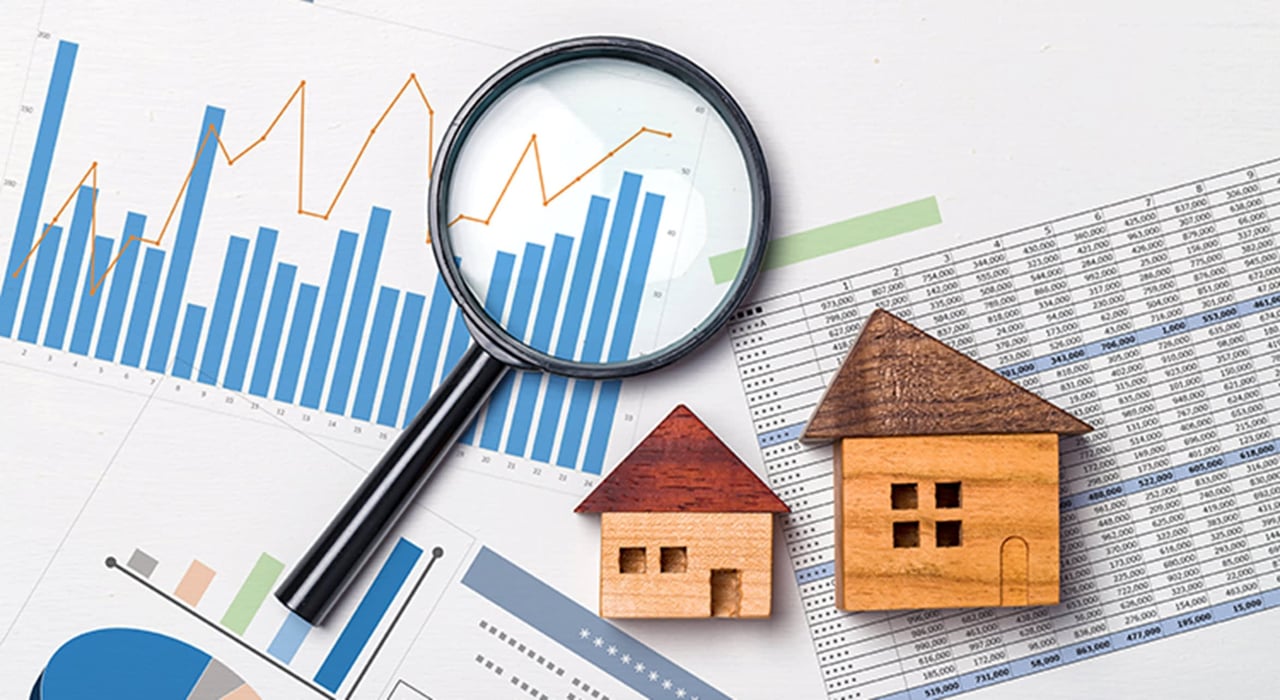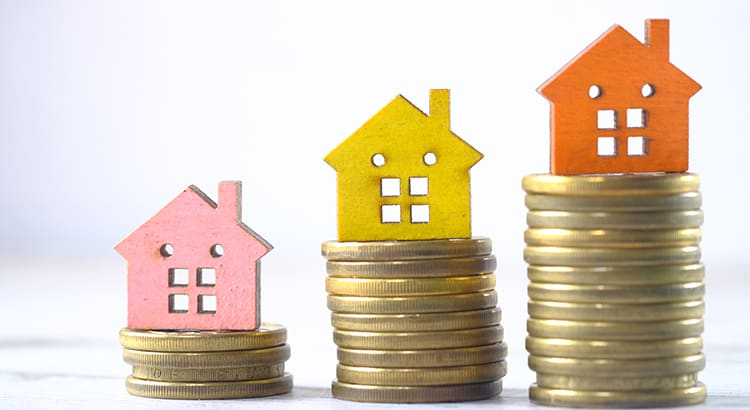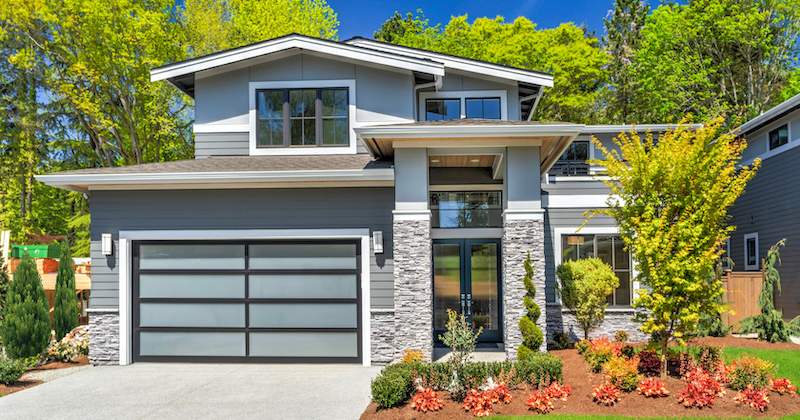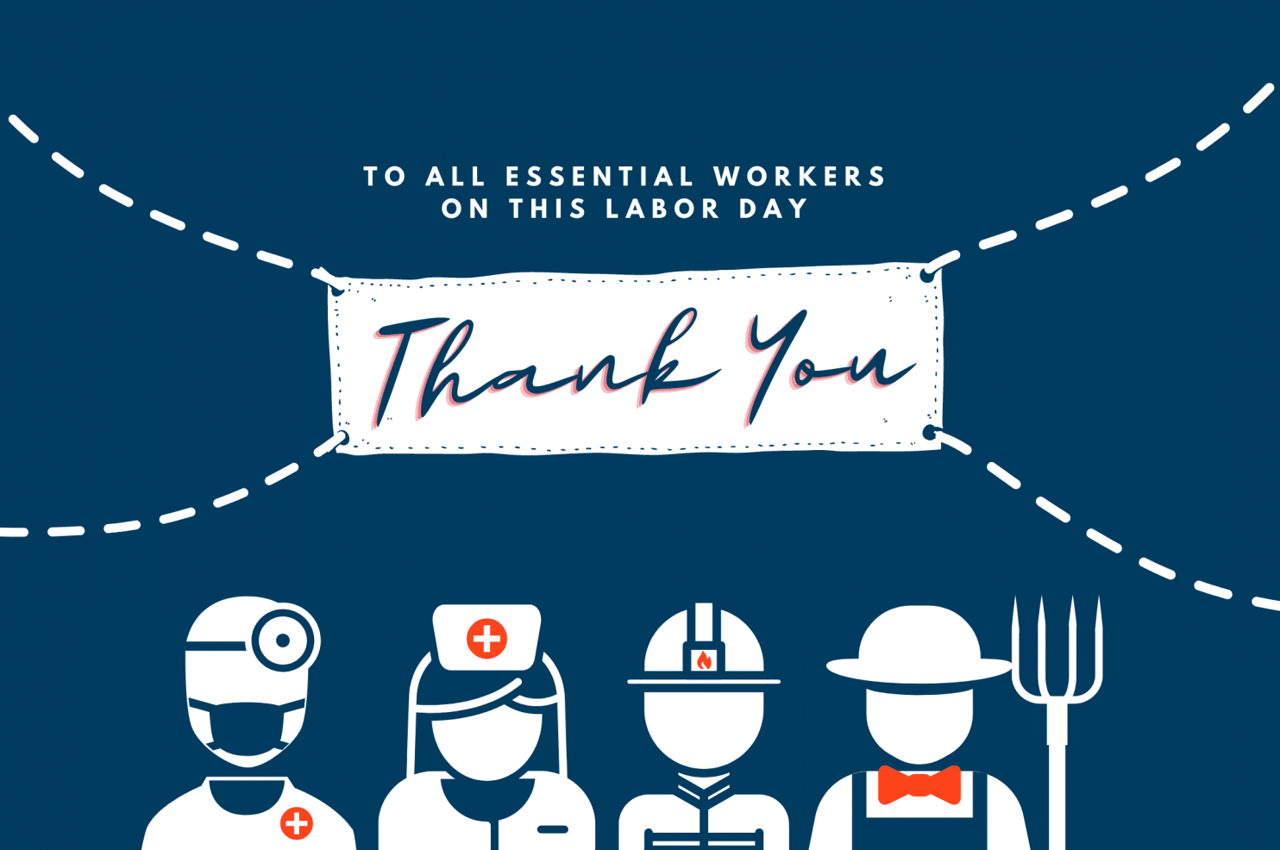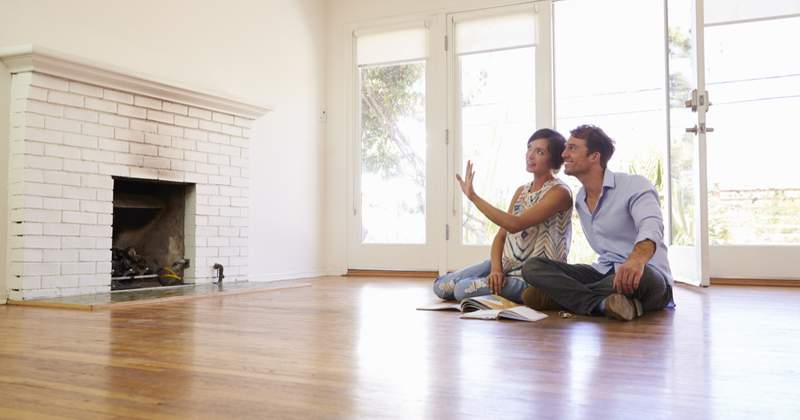2021 REAL ESTATE PREDICTIONS
At the end of each year, I review the data that created the current real estate market and then look ahead to predict what's in store for the upcoming year. Below are my predictions for 2021 based on data information that was available as of December 2020.
Please feel free to reach out if you have any questions about the market, the value or your home, or need helping finding a home - we are here to help!
Take care and stay safe and healthy!
Mary
2020 Summary:
The big news for 2020 was COVID-19 and the ensuing social and economic issues left in its wake. We will not begin to see the full ramifications of this until 2021 and when things begin to get back to normal. We won't know what businesses have closed up shop for good, which have expanded, what the permanent changes to the workforce will be made (who is working, how are they working, and where), and how these will impact commercial real estate and the economy at large.
Despite the economic woes of COVID, the housing market had a robust year. Buyer demand was high. Inventory was low. Interest rates were at historic lows. Home prices and home values rose. However, some unemployed homeowners had to take a forbearance and the long-term effects of this are not yet fully realized.
There are several issues that may affect the real estate market in unforeseen ways in 2021, though hopefully nothing like what we saw in 2020! Everything from our economic recovery, political uncertainty, the national debt, the political atmosphere, environmental issues may leave their mark on the housing market in 2021.
2021 Predictions:
With so many unknowns, it is tough to predict what 2021 will bring, but overall, the vaccine has begun, there are talks of an additional stimulus, and there appears to be light at the end of the tunnel. With that, here is what we may expect in 2021:
- Housing Inventory - The biggest issue facing housing isn't directly COVID-related; it's the number of homes for sale. Our country is officially in an inventory crisis. It is a vicious cycle - inventory is tight, so sellers aren't putting their homes on the market for fear of not being able to buy another home. Inventory of some types of housing will be sufficient for the demand in 2021- such as the high-end market, larger homes, and some rural areas. However, in high-demand areas and in high-demand price points, inventory will be scarce. Vacation areas will also continue to see high demand in 2021 as many employers are committed to allowing employees to work from home full or part-time for some or all of 2021, and the work-from-home trend is likely to continue beyond2021.
- Affordable Housing - Lack of affordablehousing is causing socio-economic issues. Rental demand is high, driving rent prices up and there is extreme demand for affordable homes for purchase. Home prices in many Metro markets have risen faster than the pace of wages making homes less affordable while workforce housing demand in urban locations pushes demand up, prices up and affordability down. This problem will not be alleviated until our backlog of new construction provides us with enough homes to even out real estate supply and demand for entry and mid-level homes.
- Housing Starts/New Construction - The United States' new construction shortage began in 2009 and by 2020, our country had accumulated a deficit of 3.5 million housing units. The U.S. needs 1.62 million units per year to keep up with demand for new construction (not including alleviating the deficit), the increase in population, and replacement of old structures. Due to builders getting out of the business after the recession more than a decade ago, increasing expenses due to lack of qualified tradespeople, rising prices on building supplies and land costs, increased build time and requirements due to water and environmental issues, and increased permitting time, I expect this situation will continue to worsen as we are only on track to build a little over 1.3 million units in 2021.
- Home Price Growth - According to our local Northwest Multiple Listing Service, the December 2020 year-over-year median sales price for residential homes and condos grew 12.2% over December 2019 sales figures. Buyer demand created a lack of inventory, and the current rate of sales reduced the available inventory by 55.9% comparing year-on-year information for December 2019 (1.19 months of inventory) and December 2020 (0.53 months of inventory).These number are unheard of for a holiday season and with the new year bringing a surge of buyers to the market, these trends will likely continue.
- Interest Rates -The Federal Reserve has indicated a long-term shift towards lower interest rates to bolster the economy. This is keeping buyer demand high and is putting further pressure on inventory due to homeowners opting to refinance and stay put. According to Freddie Mac, the average mortgage rate for a 30-year fixed rate mortgage began 2020 at 3.72% and reached 2.71% the week ending 12/10/2020.
Newsletters

